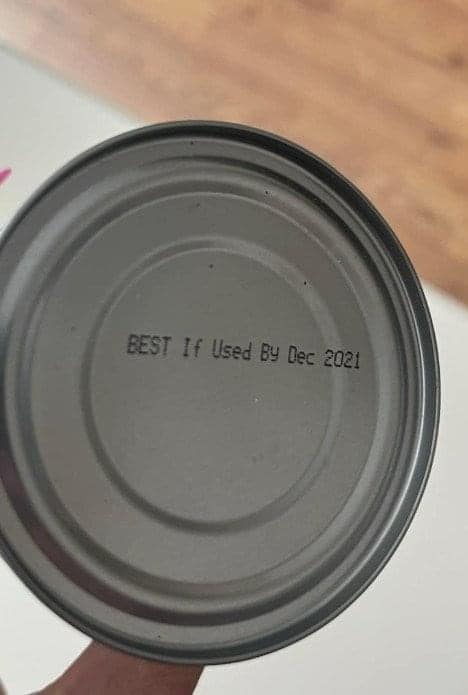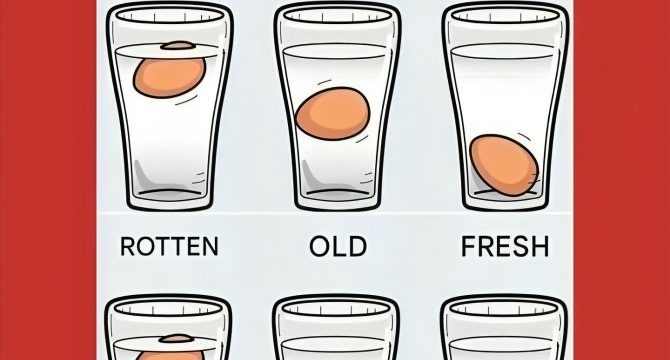Understanding Food Date Labels
Ever found yourself scrutinizing the expiration date on your food, debating whether it’s safe to consume that slightly overdue carton of milk or package of chicken? It’s time to demystify those dates. According to the United States Department of Agriculture (USDA), expiration dates are more guidelines for quality rather than hard-and-fast safety deadlines.

What Do These Labels Mean?
Food packages often display terms like “Best if Used By,” “Use By,” and “Sell By,” leading to confusion and unnecessary food waste. These labels primarily indicate the period during which the food is expected to be at its optimal quality and flavor, rather than the point after which it becomes unsafe. Here’s a quick breakdown:
- “Best if Used By”: This date suggests when the product will be at its peak quality.
- “Use By”: Indicates the last date recommended for the use of the product while at peak quality.
- “Sell By”: Tells the store how long to display the product for sale. This is not a safety date.
Spotting Spoilage
While many items are safe past their labeled dates, visible mold, unpleasant smells, odd textures, or bad tastes are unmistakable signs of spoilage. Trusting your senses is often more reliable than relying on printed dates. If something smells off or looks strange, it’s best to err on the side of caution.
Milk and Dairy Products
Milk can often be consumed up to a week past its “Sell By” date if it has been properly stored. Yogurt can last one to three weeks past the “Use By” date if it’s been unopened, and cheese can remain safe for weeks or even months, depending on the type.
Meat and Poultry
Fresh meat and poultry can usually be stored in the refrigerator for a day or two past the “Sell By” date. However, if it’s been frozen, it can be safe indefinitely, although the quality may decline over time. Always cook to the recommended internal temperature to ensure safety.
Canned Goods and Dry Products
Canned goods can remain safe for years if the can is intact and stored in a cool, dry place. Dry products like pasta, rice, and beans also have a long shelf life and can be consumed well past their expiration dates if stored properly.
Eggs
Eggs can remain safe for up to five weeks past the “Sell By” date if kept in the refrigerator. The float test is a handy way to check if they’re still good: if an egg sinks in a bowl of water, it’s fresh; if it floats, it’s time to discard it.
Preventing Waste Through Proper Storage
Minimizing food waste starts with correct storage. Keep your fridge below 40°F (4°C) and your freezer at 0°F (-18°C). Use airtight containers to protect food quality and extend its life. Here are some tips for various types of food:
- Fruits and Vegetables: Store in the crisper drawer of your fridge to maintain freshness.
- Bread: Keep it at room temperature in a bread box or freeze for longer storage.
- Leftovers: Place in airtight containers and consume within three to four days.
The Role of Freezing
Freezing is a great way to extend the life of many foods. Most meats, bread, and even dairy products can be frozen and later thawed for use. Label your frozen items with the date they were stored to keep track of their age.
Trusting Your Senses
While date labels provide a guideline, your senses are often your best defense against foodborne illness. If something smells, looks, or tastes off, it’s better to be safe and discard it. Trust your instincts when it comes to food safety.
The Cost of Food Waste
Food waste is a significant issue, both environmentally and economically. Understanding food labels and storage techniques can help reduce the amount of food that ends up in landfills, saving money and resources.
Environmental Impact
Wasted food contributes to greenhouse gas emissions. By reducing food waste, we can lower our carbon footprint and contribute to a more sustainable environment.
Economic Savings
By properly storing and using food before it spoils, households can save hundreds of dollars each year. This is especially important for families on a budget.
Educational Campaigns
Many organizations and governments are now focusing on educational campaigns to inform the public about food date labels and proper storage techniques. These campaigns aim to reduce food waste and promote sustainability.
Conclusion: Think Twice Before Discarding
Food expiration dates offer a guideline for quality rather than a strict safety threshold. By understanding label meanings, properly storing food, and trusting our senses, we can reduce food waste while ensuring our meals are both delicious and safe. So, think twice before discarding that day-past-due condiment—it may still be perfectly good to enjoy.





